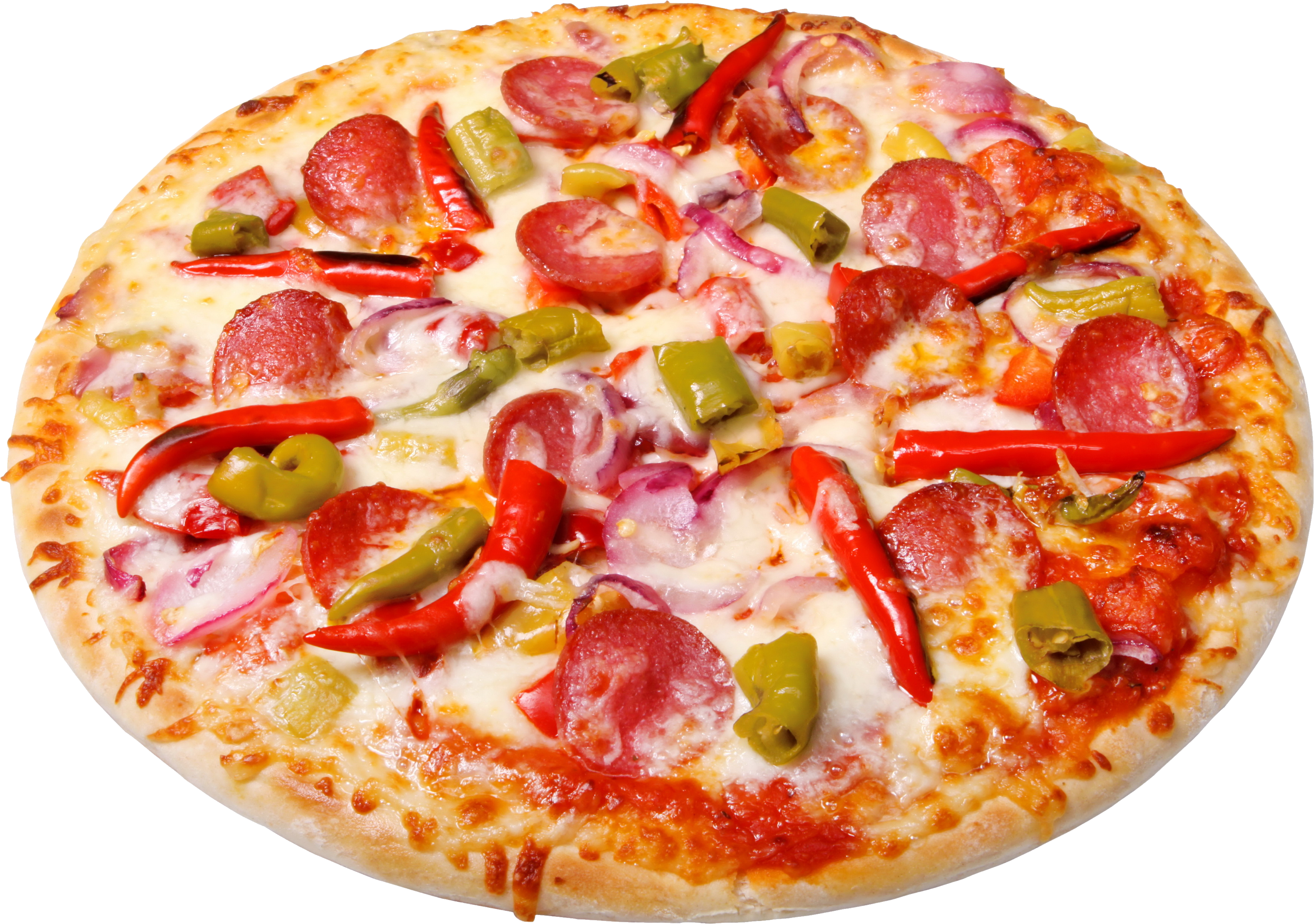Rush Limbaugh Thread Eats 3/2/17
The chef is here. Good eats for everyone.
Sauce is a French word taken from the Latin salsus, meaning salted. Antonin Careme, founding father of French "grande cuisine," came up with the methodology in the early 1800's by which hundreds of sauces would be categorized under five Mother Sauces, and there are infinite possibilities for variations, since the sauces are all based on a few basic formulas.
Sauce Béchamel (white)
Sauce Espangnole (brown)
Sauce Hollandaise (butter) and Sauce Mayonnaise (egg)
Tomato Sauce (red)
Velouté Sauce (blond)
The simplest tomato sauces consist just of chopped fresh tomato (skins and seeds optional), cooked in a little olive oil and simmered until it loses its raw flavour, and seasoned with salt. Water is often added to keep it from drying out too much. Onion and garlic are almost always sautéed at the beginning before the tomato is added. Other seasonings typically include black pepper, basil, oregano, and parsley. Ground or chopped meat is also common.
Pizza and Spaghetti Bolognese 

A velouté (veh-loo-TAY) sauce is a light stock (one in which the bones used have not been roasted), such as chicken, veal or fish stock, thickened with a blond roux. It is often served on poultry or seafood dishes, and is used as the base for other sauces. Sauces derived from a velouté sauce include Allemande sauce (by adding lemon juice, egg yolks, and cream), suprême sauce (by adding mushrooms and cream to a chicken velouté), and Bercy sauce (by adding shallots and white wine to a fish velouté).
Velouté de Carottes a l'Orange and Chicken with Sauce Suprême 
'La bonne cuisine est la base du véritable bonheur.' - Auguste Escoffier
(Good food is the foundation of genuine happiness.)
LonePalm, le Républicain du verre cassé (The Broken Glass Republican)